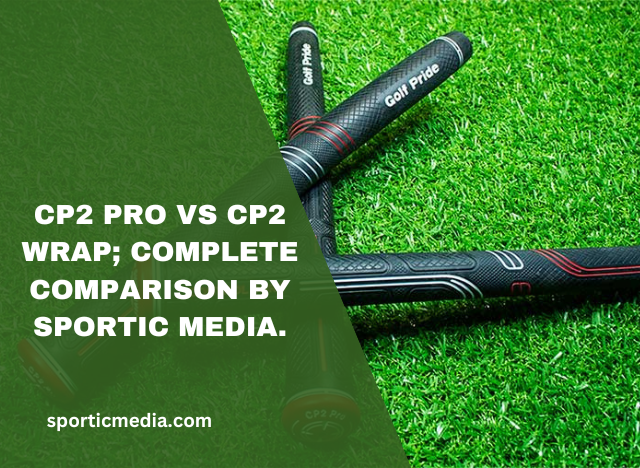Helping You Become A Better Golfer
Your Golf Journey Starts Here.
Latest Articles
Former UNI Golfer Jordan Weber Secures Victory in NEXT Golf Tour Season Finale; Read Now
Former UNI Golfer Jordan Weber Secures Victory in NEXT Golf Tour Season Finale Jordan Weber,…
Rory McIlroy says no to $850 million LIV Golf offer rumor
Professional golfer Rory McIlroy has reaffirmed his intention to finish his great career on the…
Cobra T-rails irons 2023 Specs; Complete Guide
Choosing the right golf club is essential for your game improvement. So in this review,…
CP2 Pro Vs CP2 Wrap; Complete Comparison By Sportic Media
Welcome to SporticMedia, Golf Pride is renowned for its innovative grip designs, catering to the…
What to know about TENSEI™ AV Blue 65 Graphite Shaft?
The Mitsubishi TENSEI™ AV Blue 65 Graphite Shaft is a game-changer for golfers of all…
All You Need To Know About Dynamic Gold 105
Welcome to SporticMedia, where you’ll find the best content about Golf helping you out to…
What Is A Good Score In Golf?
Golf is a game that hooks players with its challenges and rewards, especially when it…
Titleist DCI Irons Black Vs Gold; Complete Comparison
The two main differences between the Titleist DCI Irons Black and Gold lie in their…
How To Remove Lead Tape From Golf Club? All You Need To Know
Lead tape is a popular way for golfers to adjust the weight and balance of…
Our Mission
Sportic Media is dedicated to helping you improve your golf game, so you’ll hit more birdies and fewer bunkers!
We offer step-by-step tutorials to walk you through the fundamentals like swinging your club or improving your short game. We also have hundreds of in-depth guides to help you buy high-quality gear to suit your unique needs.
Our writers are avid golfers with plenty of experience on the links. We hope our years of practice can save you time and money — and get you on the path to becoming a more knowledgable golfer.
Subscribe to our Newsletter
Here,You Will get all the latest updates to your inbox.
Discover the meticulous and expert-driven process behind our product reviews at Sportic Media. Our comprehensive guide, led by industry veterans, ensures you get the most reliable and detailed insights into golf equipment. Dive into our methodical approach by visiting How We Test Products at Sportic Media: A Comprehensive Guide
.












